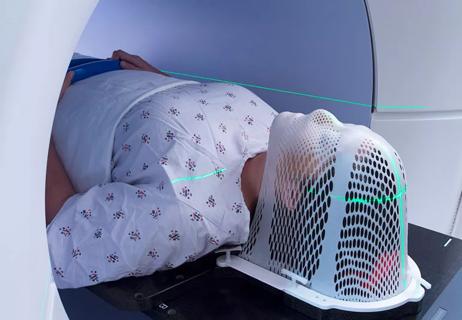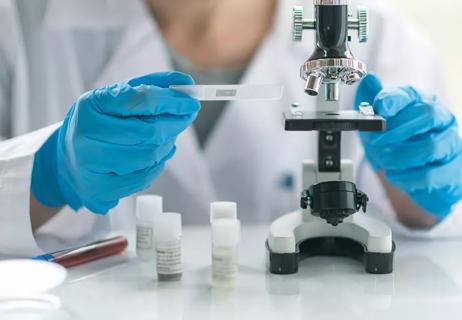Advertisement
Preserving fertility in children with cancer

It can be overwhelming enough when your child is diagnosed with cancer, yet infertility caused by cancer treatment should be a top concern among parents facing this reality.
Advertisement
Cleveland Clinic is a non-profit academic medical center. Advertising on our site helps support our mission. We do not endorse non-Cleveland Clinic products or services. Policy
Research shows that as many as 75% of cancer survivors are interested in eventually having children, so knowing your child’s fertility preservation options is an important conversation you’ll need to have.
“In the past, the approach had been to try to cure the child first and deal with the later effects as they came up,” says pediatric oncologist Seth Rotz, MD. “But because childhood cancer survival has improved, there’s more of an emphasis on reducing long-term impacts, and one of the major ones is infertility. It’s one of the most common and life-altering complications experienced by adults treated for childhood cancers.”
Factors such as the child’s gender, age at treatment and genetic makeup influence the risk of permanent infertility. For these reasons, counseling parents (and the child if they’re old enough) before treatment about infertility risk and preservation is essential.
Dr. Rotz says that often times discussing a child’s future fertility can be overwhelming for parents to think about, especially after just getting a cancer diagnosis, but it’s an important conversation to have – even if it feels like you’re talking about things that are a long time away.
When your child is diagnosed with cancer and offered a treatment plan, but sure to speak with your doctor about the fertility risks.
Start by asking these questions:
Your doctor will determine if your child’s fertility risk from treatment is high, moderate or low. They might offer some possible options to consider or they might refer you to a fertility preservation specialist.
Sometimes there are therapies that can be started now, which might help the child start a family in the future.
Fertility preservation will also be depend on whether or not your child has entered puberty, but options can include:
Advertisement
One way to reduce future infertility due to cancer treatment is to modify the therapy to decrease its toxicity. But this approach raises many concerns, the most obvious being – will it still get rid of the cancer? Changing the therapy might also impact other side effects.
“If we have data to go on and know that the child’s cancer is highly likely to respond to chemotherapy, we might consider giving less chemo,” explains Dr. Rotz. “But generally speaking, it would be very unlikely for us to decrease the chemotherapy dose to preserve fertility when it would increase the risk of relapse.”
There are also a handful of experimental therapies available that your doctor might discuss with you.
Besides treatment modification, the other alternatives when confronting infertility are to attempt to preserve the child’s reproductive potential prior to treatment and to use assisted-reproduction techniques when adult survivors desire to start a family later down the road.
Advances in treatment are now allowing more than 80% of children to survive at least five years after diagnosis, so addressing therapy’s long-term negative consequences is increasingly important to families.
“My job is to have a conversation with parents and the child about fertility preservation and to discuss what those options might be,” says Dr. Rotz. “I encourage all parents to discuss future fertility as part of their child’s cancer care plan.”
Advertisement
Learn more about our editorial process.
Advertisement

Medications, tubing and stress can steal away the ZZZs you need

Practice meditation together, make a unique-to-them care package and embrace emotions

Thoughts and feelings can change over time; relaxation, self-care and support groups can help

Misconceptions can be worse than reality

Take these steps to limit the damage

How to stay informed and in charge

New drugs are better at targeting cancer cells

Pre-treatment heart function tests can help you later

Focus on your body’s metabolic set point by eating healthy foods, making exercise a part of your routine and reducing stress

PFAS chemicals may make life easier — but they aren’t always so easy on the human body

While there’s little risk in trying this hair care treatment, there isn’t much science to back up the claims